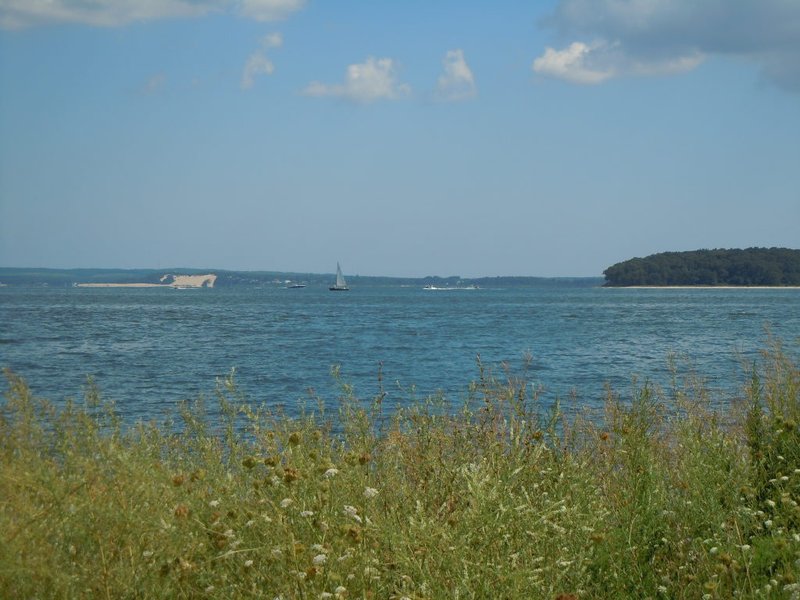
Most of the division attended the Armored Force School at Knox to train in using their newly acquired tanks, half-tracks, and guns. Although new equipment was received almost daily, the division had only nine outdated medium tanks primarily armed with guns until March 1941.

North fork patch full#
In direct support were tank destroyer, maintenance, medical, supply and engineer battalions, but bringing the division up to its full quota of equipment and vehicles was difficult. When the organization was completed, the division had tanks, artillery, and infantry. Army had never carried out this before and the troops necessary for this kind of force were drawn from a variety of army posts. On 15 July 1940 the division was trained at Fort Knox, Kentucky. ( January 2020) ( Learn how and when to remove this template message)

Unsourced material may be challenged and removed. Please help improve this section by adding citations to reliable sources. For more than two years after its activation, the 1st Armored Division trained at Fort Knox and the division pioneered and developed tank gunnery and strategic armored offensives while increasing from 66 medium-sized tanks to over 600 medium and light armored vehicles. The 1st Cavalry Regiment was re-designated as the 1st Armored Regiment and the 13th Cavalry Regiment was re-designated as the 13th Armored Regiment under the 1st Armored Brigade, 1st Armored Division. On 15 July 1940, the 1st Armored Division, largely an expanded and reorganized version of the 7th Cavalry Brigade, was activated at Fort Knox under the command of Major General Bruce Magruder.
North fork patch Patch#
In 1940 the War Department officially designated the now-familiar patch worn by soldiers of all United States Army Armored Divisions. The tri-colors, with blue for infantry, red for artillery, and yellow for cavalry – represented the three basic components of the mechanized armed force. He chose to combine the 7th Brigade patch with the triangle from the World War I crest. Chaffee wanted a patch for this new Armored Force. was promoted to lead the newly created Armor Forces which had evolved from the old 7th Cavalry Brigade and were preparing for the looming war in Europe. Finally, to symbolize the striking power of the new armored force, he added a diagonal lightning bolt in red, extending across the total design and full diameter of the patch. In the center of the track at a slight diagonal, he placed a single cannon barrel, also in black, to symbolize firepower. On the face of the patch, he drew a stylized black tank track with a drive and idler sprockets to symbolize mobility. Linthwaite won the contest: he designed a circular patch, four inches in diameters, with a solid yellow-gold background to symbolize the Cavalry heritage. A three-day weekend pass was awarded to the designer of the winning entry. Grow announced to the brigade that a contest would be held to design the new Armored force patch. Grow (then a Major and brigade adjutant) was instructed to develop a shoulder patch for the new armored force. Linthwaite (then a newly enlisted Private) joined the 13th Cavalry regiment in 1933. The 7th Cavalry Brigade included the 13th Cavalry and had been organized specifically to develop the new armored force concept while training in the emerging modern war-fighting tactics.Ĭolonel George F. The brigade formed out of the 1st Cavalry Regiment in Marfa Texas, on 16 January 1933 under General Daniel Van Voorhis, then Colonel of the Cavalry. The 7th Cavalry Brigade (mechanized) contributed the other part of the present-day Armor shoulder patch. The triangle itself is an old heraldic element of armorial design known as a pile, representing the head of a spear. Wharton designed the original coat of arms: a triangle on a shield surrounded by a wreath and a silver dragon. In January 1918, the Tank Corps of the United States Army was established under Colonel Samuel Rockenbach. The large "1" at the top represents the numerical designation of the division and the insignia is used as a basis for most of the other sub-unit insignias. The division was nicknamed "Old Ironsides" by its first commander, Major General Bruce Magruder, after he saw a picture of the frigate USS Constitution, also nicknamed "Old Ironsides".

Unsourced material may be challenged and removed.įind sources: "1st Armored Division" United States – news Please help improve this article by adding citations to reliable sources in this section. This section needs additional citations for verification.


 0 kommentar(er)
0 kommentar(er)
